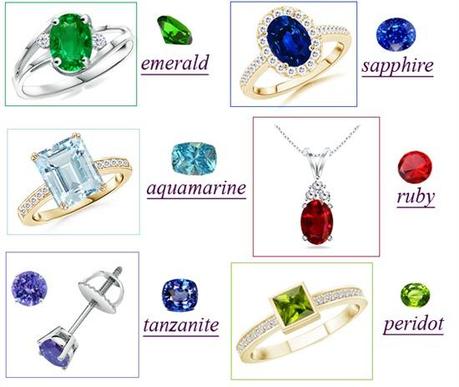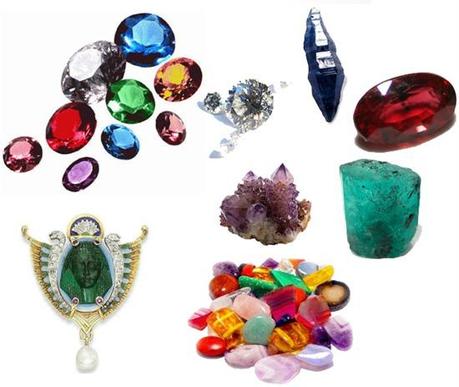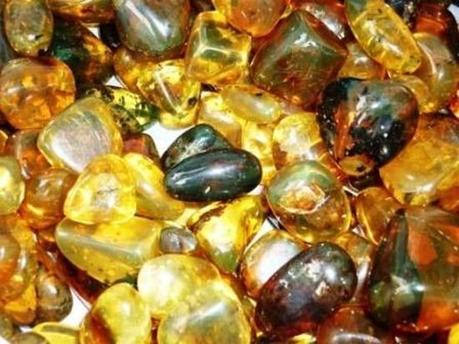Organic gemstones have their own beauty and charm. They are a wonderful result of harmony between living and non-living beings.

Amber, which was once famously known as the gold of the north is one of the organic beauties that we have cherished for decades.
Amber is the fossilized resin of pine trees that went extinct 50 million years back. It has resinous luster with transparent to virtually opaque appearance. The stones’ outer surface is crusty and weathered. But it is warm and silky from the inside and often contains lichens, insects and remains of wood.
Amber until the 19th century was very popular for jewelry and collectibles. It was considered a significant stone during the ancient days. The gem was extensively used in creative pieces including jewelry.

Talking about the physical structure, ambers are very soft gems with the hardness of only 2 to 2.5 on the Moh’s scale. The gem crystals are amorphous with irregularly shaped masses of cracked and weathered surface. The gem is found in a range of colors from yellow, green and red to black, white and even violet.
Yellow ambers with bright transparent hues are the most desirable and expensive gems. Green and violet ambers are extremely rare, while white and black ambers are considered as the collectors’ gem.
Baltic region (Poland and Russia) is the most famous source of amber. Most high quality amber is sourced from Poland. It has also been given the status of national heritage of the country. Norway, Denmark, northern Myanmar, Romania, Dominican Republic, Mexico and the United States are the other amber sources.

Copal resin and Ambroid are fake ambers. Copal resin is produced by a tropical tree. Ambroid is created by heating small amber pieces at a high temperature and compressing them together to make big stones.
It is one of the earliest used organic gemstones. This is becoming popular fast in the fashion world. It is in high demand now in creative jewelry and art work.
